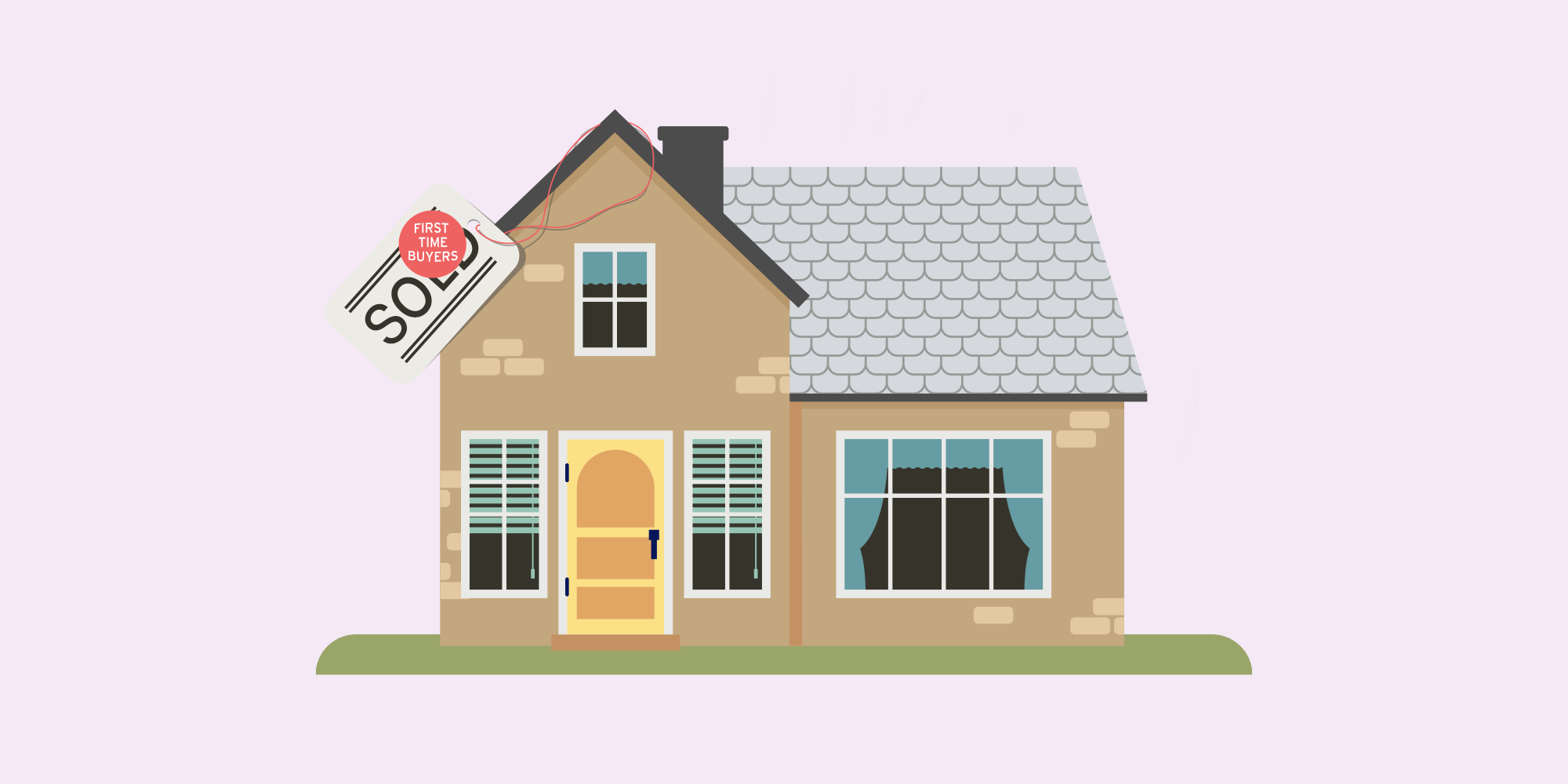In an effort to help tackle rising housing prices, the Canadian government has launched a new type of savings account aimed to help people save – tax-free – to buy their first home.
It’s called the First Home Savings Account (FHSA) and it’s available to those who qualify as of April 1st, 2023.
Are you eligible to open an account?
To qualify for the FHSA, you must:
- Be a Canadian citizen between 18 and 71 years old
- Be a Canadian resident
- Have a valid social insurance number (SIN)
- Make sure neither the account holder nor their spouse have owned a qualifying home where they lived in the current year, or at any time in the preceding four calendar years
What are the contribution rules?
- Lifetime contribution limit is $40,000
- Maximum contribution of $8,000 per year (over contributions will trigger a 1% monthly tax on the surplus amount)
- Multiple FHSA accounts are permitted; however, the total contributions between them can’t exceed $40,000, and annual contributions for all of them can’t exceed $8,000
- Unused contribution room can be carried forward up to $8,000
- If you don’t contribute this year, then next year you can contribute a max of $16,000 ($8,000 from last year + $8,000 for this year)
- Contribution room only accumulates starting from the date the account is opened
How do you open a FHSA?
FHSAs can be opened through an FHSA issuer, which means a bank, credit union, trust, or insurance company. Investment companies like Wealthsimple and Questrade also allow qualified individuals to open an account via their website or mobile app.
What can you hold in an FHSA?
The types of investments you can hold in an FHSA are the same as an RRSP or TFSA. These include:
- Guaranteed investment certificates (GICs)
- Mutual funds and ETFs
- Stocks and publicly-traded securities
- Government (federal, provincial, and municipal) and corporate bonds
- Cash
When would you make a FHSA withdrawal?
- To use the funds towards a house: As this is the intended use for the account, money withdrawn from a FHSA that will be used towards the purchase of a house will be tax-free. Along with transferring the money into an RRSP, these are the only two options if you wish to remove money tax-free from your account. Withdrawing your money from the account requires the account holder to complete a form called “Form RC725“. Most online brokers can assist in this process through their app, but if the FHSA is through a bank, you should contact them so they can walk you through it.
Once you receive your funds, the clock starts ticking as to when you can use it. Account holders have until October 1st of the following year, in which they received the funds to use them. If not used by then, the CRA will tax the account holder retroactively.
- To transfer funds into an existing RRSP: Let’s say you either have leftover money in your FHSA or you decided not to purchase a home anymore. Another option is to transfer the money into your RRSP. This transfer is tax-free and does not impact your RRSP contribution room.
- To take the funds out to use recreationally: With an FHSA, account holders are not limited to only spending the money on a first home or transferring into an RRSP; there is a third option. You can make a request, either with your bank or investment app, and ask to withdraw the money and deposit it back into a bank account. Just note that this route results in income tax being due on the amount remitted to the bank.
There is a time limit for how long you can keep money in a FHSA, regardless of which option you choose. From the date you open your account, you have until December 31st, 15 years from the year you opened the account, to withdraw your funds.
Key considerations
You can only contribute a maximum of $40,000 into the account in installments of $8,000 a year, with a rolling contribution amount up to $8,000 from the date the account is opened.
Savers have 15 years to grow the money and use it towards a first home. Any gains made on the investments are tax free (similar to a TFSA), and contributions into the FHSA are tax deductible (similar to an RRSP).
While the account is intended to help first-time home buyers in Canada, it can also be used for other purposes if plans to buy a home change down the line. Any money in the FHSA account can be transferred to an RRSP account tax-free, and as a bonus, the extra FHSA funds deposited into the account will not impact RRSP contribution room. And if a financial emergency arises, any withdrawal from the FHSA is possible, but it will be considered taxable income.





